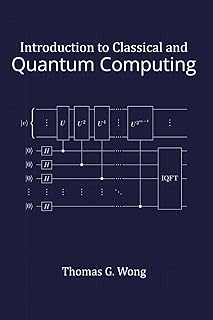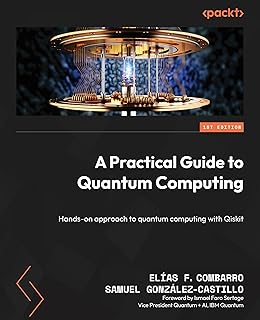Scientists have recently made a groundbreaking discovery that could revolutionize the field of quantum computing. By resurrecting a particle previously disregarded as insignificant, researchers believe they may have found the missing link necessary to enhance the power and stability of quantum computers. This particle, known as the neglecton, has the potential to work in conjunction with Ising anyons, paving the way for the development of universal quantum computing systems.
Quantum computers have long been hailed for their ability to tackle complex problems beyond the capabilities of traditional supercomputers. However, the inherent fragility of quantum systems, particularly the susceptibility of quantum bits or qubits to environmental disturbances, has posed a significant obstacle to realizing their full potential.
One promising strategy to address this challenge is topological quantum computing, which seeks to safeguard quantum information by encoding it within the unique properties of exotic particles called anyons. These anyons, which are theorized to exist in specific two-dimensional materials, are anticipated to offer greater resilience against noise and interference compared to conventional qubits.
Leading the charge in this research is a team of mathematicians and physicists, spearheaded by experts from the University of Southern California. In a recent study published in Nature Communications, the team introduced a novel approach that could potentially transform Ising anyons into universal quantum computing agents. By incorporating the previously discarded neglecton into the equation, the researchers demonstrated that Ising anyons could perform a wide range of quantum operations solely through braiding, a technique involving the physical manipulation of anyons.
The discovery of the neglecton represents a significant shift in the field of quantum information science. Through the exploration of non-semisimple topological quantum field theories, researchers uncovered a new realm of possibilities that challenge conventional paradigms in quantum computing. By embracing the once-overlooked components, the team was able to unlock a pathway to achieving universal quantum computation using a combination of neglectons and Ising anyons.
Despite encountering mathematical hurdles along the way, the researchers devised innovative solutions to address irregularities within the non-semisimple framework. By strategically isolating and containing these anomalies, the team ensured that the computational processes remained robust and effective, even in the face of mathematical complexities.
This breakthrough not only underscores the symbiotic relationship between abstract mathematical concepts and practical engineering applications but also sets the stage for further advancements in quantum computing. By leveraging existing knowledge and materials, researchers are now closer than ever to realizing the full potential of Ising-based quantum systems.
As the scientific community continues to explore the implications of this discovery, the future of quantum computing appears brighter than ever. By harnessing the power of neglected particles and pushing the boundaries of traditional quantum theory, researchers are laying the groundwork for a new era in computing technology.
📰 Related Articles
- Tech Leaders Optimistic: Quantum Computing’s Transformative Potential Unveiled
- Securing Printers for PCI Compliance: Key Considerations Unveiled
- Role of Toolchains in Quantum Computing Development and Adoption
- Rigetti Computing CEO to Discuss Quantum Computing Innovations at Needham Conference
- Quantum Computing in Healthcare: Balancing Promise with Practicality






